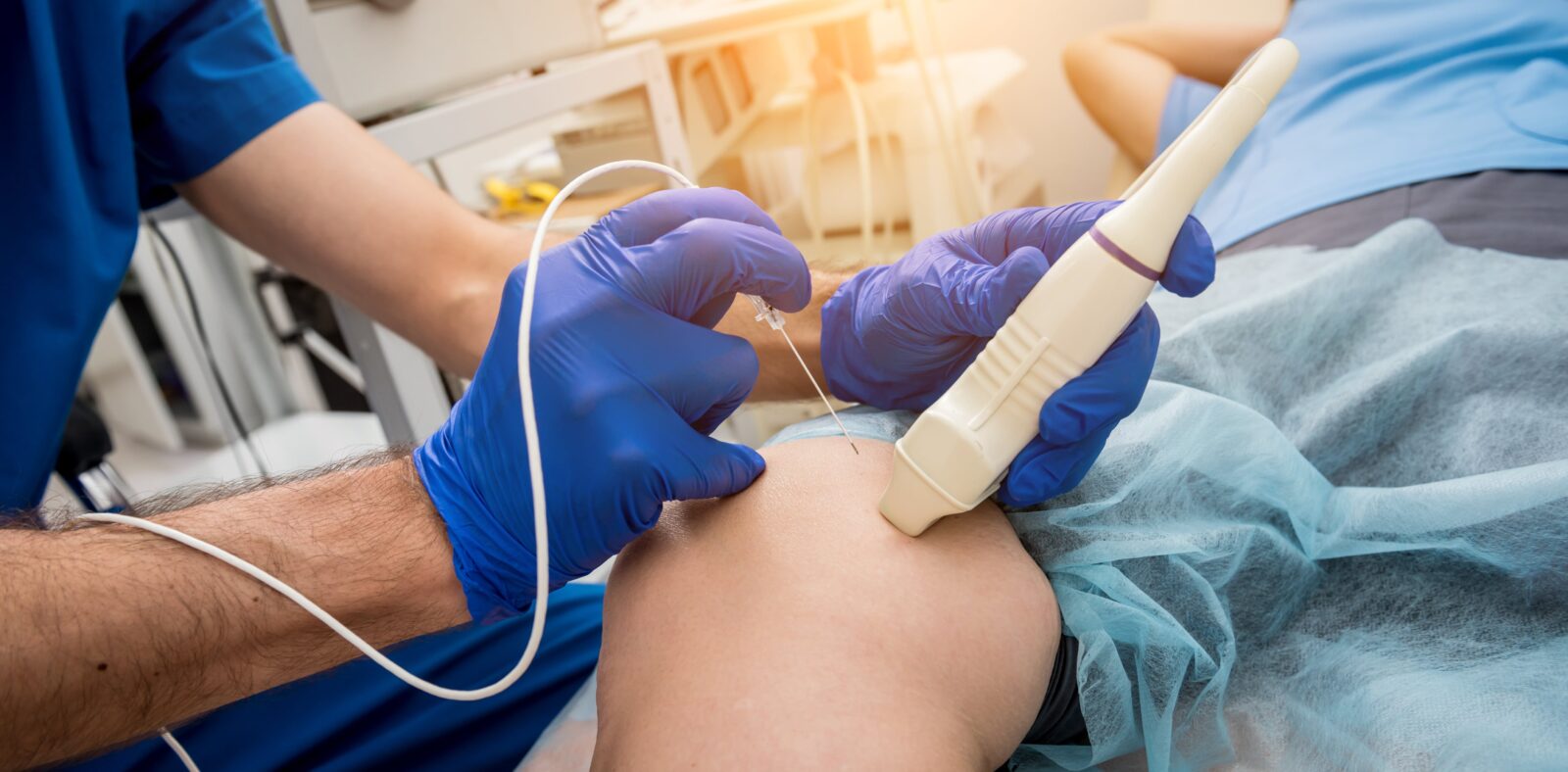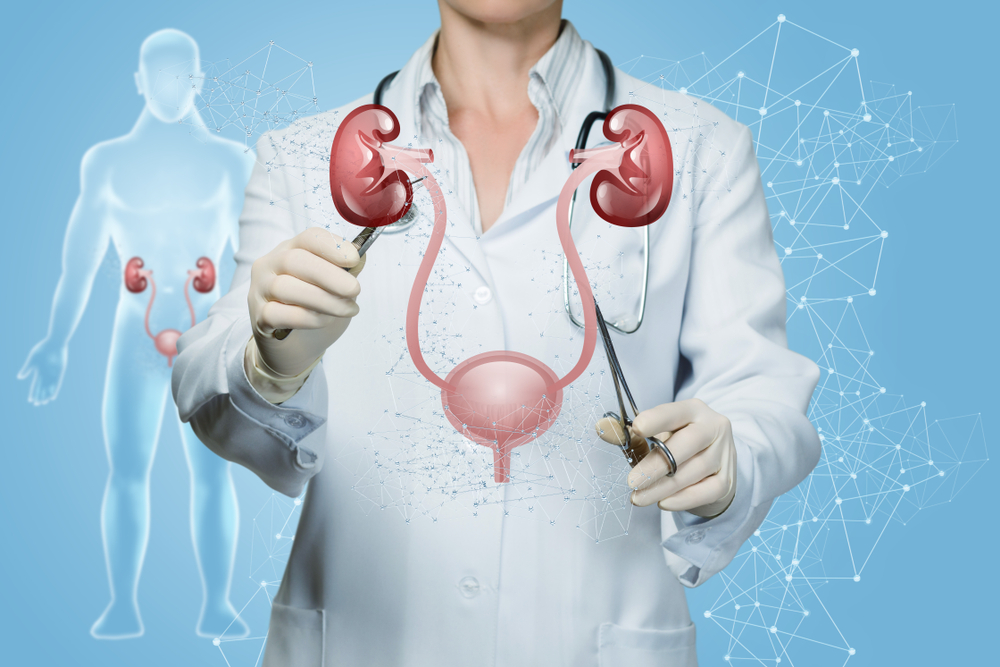PAE is a relatively new procedure that involves blocking the blood flow to the enlarged prostate using tiny particles. This can help reduce symptoms like urinary frequency and urgency. This procedure has been gaining in popularity in recent years, but there is still some confusion about what it is and what to expect. If you are a man with an enlarged prostate, you may be considering prostatic artery embolization (PAE) as a treatment option, but you may also be wondering whether the procedure is painful. In this blog, we will answer the question: does PAE hurt? by defining what the procedure is, explaining how it is performed, and discussing expectations in terms of sensation during the procedure, as well as during the recovery process.
What is PAE?
PAE is a minimally-invasive outpatient procedure that is performed using local anesthesia. A small catheter is inserted into the femoral artery in the groin and threaded up into the arteries that supply blood to the prostate. Once the catheter is in place, tiny particles are injected through it and into the prostate arteries. These particles cause blockages that reduce blood flow to the prostate.
How is PAE performed?

PAE is a minimally-invasive outpatient procedure that is performed using local anesthesia. As mentioned above, a small catheter is inserted into the femoral artery in the groin and threaded up into the arteries that supply blood to the prostate. Once the catheter is in place, tiny particles are injected through it and into the prostate arteries. These particles cause blockages that reduce blood flow to the prostate.
What can I expect in terms of sensation during the procedure?
During the PAE procedure, you will be given medication that will keep you relaxed for the duration of the procedure. You may feel a pinch or slight burning sensation when the local anesthesia is injected. Once the catheter is in place, you should not feel any discomfort. In some cases, you may feel a warm sensation when the embolic material is injected.
What can I expect in terms of sensation during recovery?
Most men who have PAE experience little to no pain after the procedure. In some cases, however, you may experience pelvic pain for a few days. You may also have some mild discomfort and bruising at the injection site in your groin. It is also normal to notice some blood or small pieces of prostate tissue in your urine for the first few days after the procedure. This can cause minor discomfort. These side effects are normal and should resolve on their own within a week or so. You should be able to return to your usual activities within a few days, but you should avoid strenuous activity for at least two weeks.
Does PAE hurt?
Overall, PAE is a relatively painless procedure with minimal side effects. You may experience some discomfort during the procedure itself, but this is typically minor and temporary. Recovery is usually quick and easy, with most men able to return to their usual activities within a few days. If you are considering PAE as a treatment option for your enlarged prostate, talk to your doctor to learn more about what to expect.













